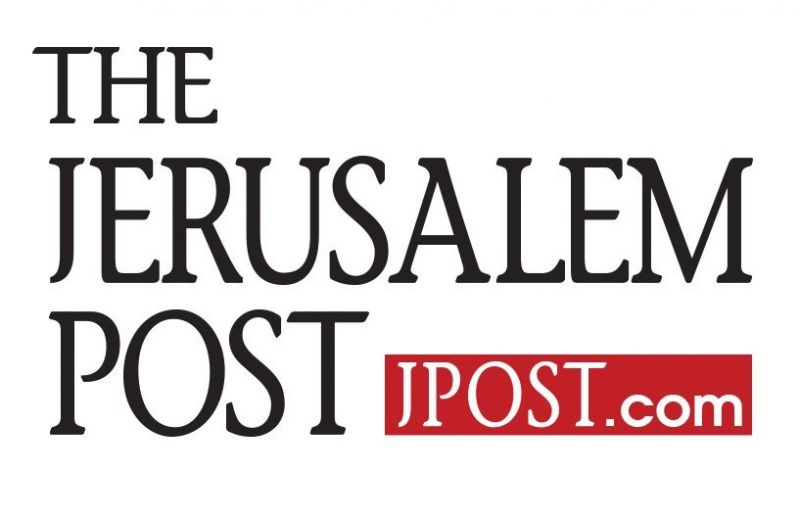 Op-eds
/ Israel and Europe
Op-eds
/ Israel and Europe
Less than a month before Prime Minister Benjamin Netanyahu’s visit to Brussels, we – a group of young Israelis and Palestinians – arrived at the European Parliament for a second meeting of the Young Political Leaders (YPL) program, which connects young people from different regions around the world, mainly from conflict zones, to acquaint them with the European and the international system and to provide them with a space for dialogue.
As a member of the Israeli peace camp and as an organizer and participant in numerous meetings between Israelis and Palestinians, I attend these meetings with mixed feelings of excitement and hope alongside skepticism and cynicism. Each time, I am happy for the opportunity to meet and talk to young people on “the other side,” and am sad to discover that our expectations from the encounters are diminished from year to year. Peace? A word too big. Political agreement? No leader has the courage. A diplomatic process? Neither side feels it has a partner. Confidence-building measures? The reality on the ground is different.
In the past, in the 1990s and early 2000s, Israeli-Palestinian encounters were much more common. While these were two difficult, painful and blood-soaked decades of the conflict, it was precisely when hope overcame despair. We had the feeling that change was possible, that there was still a possibility for a solution, and that our leaders were able and willing to advance and implement it. In recent years, I have felt that the hope is replaced by despair, stemming both from reality on the ground and from the fact that our politicians are mainly focused on preserving the illusion of a status quo.
In recent years, I am under the impression that Europe and the international community care more about settling our conflict than we do. Peace initiatives, positive incentives, condemnations and controversial decisions are all examples of measures taken by Europe and the international community showing they have an interest in the region and in Israeli-Palestinian conflict resolution. We can argue about the essence, the motives and the degree of influence of such measures, but there is no doubt that they indicate interest. On my last visit to Brussels, however, I noticed a change of attitude. Europe has many troubles of its own, both at home and abroad, and its focus in the Middle East is no longer necessarily the Israeli-Palestinian conflict.
During the meetings in Brussels last year, the main message of the European Parliament members present was that Europe definitely wants to see advancement toward a two-state solution and believes it is possible, but without the will of the parties and their leaders the chances for it to happen are slim. During the last visit, however, the main message from our hosts was their impression that there is no solution on the horizon, but that we must try to keep our hopes up, and wait for the right timing, or for a change that allows us to move forward.
In this atmosphere of relatively comfortable despair (for some of us), discussions took place between us Israelis, our Palestinian partners and our European hosts. The atmosphere stayed relatively calm, unlike the heated atmosphere I experienced in previous encounters. Even the tensions over democracy and human rights remained within the bounds of a critical and legitimate discourse of people with different worldviews, living in the “same neighborhood,” but in very different realities. Bystanders were positively impressed – young Israelis and Palestinians can sit in one room and talk to each other. Occasionally they argue, but nevertheless they succeed in finding common ground and reaching understandings and agreements.
On the second day of the program we held a simulation of negotiations over Jerusalem. The discussions within each of the two national groups were no less difficult, and perhaps even more so, than the discussions between the two sides. Although most members of the Israeli delegation had progressive and centrist political views, the attempt to reach agreement was challenging. In the end, all sides recognized the need for clear borders, mutual recognition and international involvement in the Holy Basin, the area in Jerusalem that includes the Old City and its adjacent territories. For the organizers of the simulation, the European mediators, this was evidence that with a little effort and foreign support, the sides are still able to reach understandings, even on the conflict’s most difficult issues. For me, it was actually a reminder that unlike us, the participants, the political echelons on both sides are moving away from the ability to reach and implement agreements.
Despite the difficulties and challenges, each meeting reminds me that there is no substitute for personal contact and sharpens my understanding that dialogue encounters between individuals on both sides must continue. Such meetings are often the only opportunity for Israelis and Palestinians to meet each other not on the battlefield and not behind screens, where both sides are often portrayed as a sworn enemy. Meetings between people are a necessary, although not sufficient, condition for the Israelis and Palestinians to recognize, know and understand each other. On days when the political horizon seems so far away, it is important to know and remember that on the other side there are quite a few people who aspire to create a better future and yearn for peace.
I can only hope that the next visit of the prime minister to Brussels will be a joint visit with a Palestinian leader. I also hope that for a change, it will be a visit that focuses on dialogue, seeking agreements and building trust – as we tried to do at the meeting of the young leaders – and not another visit of public relations and wrangling.


